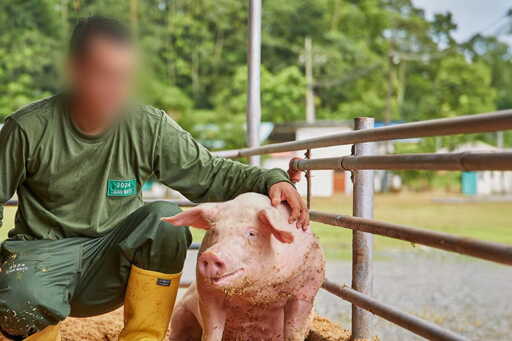In Peripa, an Indigenous Tsáchila village in Ecuador, there are still traditional healers, but medicinal plants are disappearing. Rivers no longer heal — instead, they make people sick. In the late 1990s, the company Pronaca set up pig farms nearby, in the province of Santo Domingo de los Tsáchilas, southwest of Quito. Soon after, residents noticed that surface and groundwater sources were no longer safe. After almost 30 years in which locals’ complaints to Ecuador’s state institutions remained unanswered, a new report on Pronaca confirms decades of pollution and violations in the Tsáchila Indigenous Territory. The report, released in September, was prepared by the Independent Consultation and Investigation Mechanism (MICI) of the Inter-American Development Bank (IDB) Group. “Water was one of the main sources of power for the poné [healers], and purification baths were performed in the rivers. Now, if someone visits us and goes into the river, they will come out with a skin disease,” Ricardo Calazacón, a Tsáchila resident of Peripa, told Mongabay Latam. “If there are no reparations, what will happen to us, since most of us are healers and farmers?” he asked. Calazacón and his family have been leading the defense of their ancestral territory for 25 years. For them, the MICI report represents a victory, but they recognize that the claims will not be resolved until they obtain reparations. Ricardo Calazacón is among the Tsáchila Indigenous people seeking reparations after decades of pollution. Image courtesy of Ricardo Calazacón. The IDB entered the picture when it…This article was originally published on Mongabay
From Conservation news via this RSS feed


